We all know that in today’s bustling classrooms, creating a positive and supportive environment is key to nurturing growth and learning. One powerful approach that’s gaining momentum is Restorative Justice Practices.
Imagine a classroom where conflicts are opportunities for growth, where empathy and understanding thrive, and where students take ownership of their actions.
Today, we’ll explore how you can easily implement these techniques in your classroom, fostering a sense of community and respect that empowers both you and your students. Get ready to discover a fresh perspective on discipline and engagement that can transform your teaching journey for the better.
Key Principles of Restorative Justice

Focus on Relationships
The foundation of restorative justice is the belief that relationships are central to a thriving community. In a classroom, this means prioritizing the relationships between students, teachers, and other stakeholders.
When conflicts arise, the focus isn’t on assigning blame but on understanding the underlying causes and finding ways to mend the relationship.
Accountability and Responsibility
Restorative justice doesn’t mean letting misbehavior slide. Instead, it’s about ensuring that students understand the impact of their actions and take responsibility for them. This approach encourages students to reflect on their behavior, understand its consequences, and take steps to make amends.
It’s a more holistic way of addressing misconduct that goes beyond mere punishment.
7 Practices You Can Use in Classroom
1. Circle Time

Circle time is a foundational restorative practice that fosters open communication and strengthens the sense of community within the classroom.
The Power of the Circle
Circles have been used by indigenous communities around the world for centuries as a way to bring people together, share stories, and resolve conflicts. In the classroom, circle time provides a structured space for students to express themselves, listen to others, and build empathy.
By sitting in a circle, everyone is given an equal opportunity to speak and be heard, breaking down hierarchical barriers and promoting mutual respect.
How To Implement This?
To effectively implement circle time, start with a talking piece—a small object that is passed around the circle to indicate who has the floor. Establish ground rules, such as speaking one at a time and listening without interrupting.
Begin with a check-in question to gauge how students are feeling, and gradually introduce more complex topics or issues that may arise in the classroom. Over time, students will become more comfortable sharing and will look forward to this dedicated time of connection.
2. Peer Mediation
Peer mediation is a proactive approach that trains students to facilitate the resolution of disputes among their peers, promoting a sense of agency and responsibility.
When students are given the tools and training to mediate conflicts, they not only learn valuable communication and problem-solving skills but also become more invested in maintaining a harmonious classroom environment.
Peer mediation reduces the need for teacher intervention, fosters a sense of ownership among students, and often results in more lasting resolutions because solutions are generated by the students themselves.
How to Set Up a Peer Mediation Program?
To set up a peer mediation program, select a diverse group of students who exhibit strong listening and communication skills. Provide them with training on the principles of mediation, active listening techniques, and conflict resolution strategies.
Once trained, these student mediators can be called upon to assist in resolving disputes, always under the supervision and guidance of a teacher or counselor.
3. Restorative Conferencing
It represents a structured dialogue that brings together all parties involved in a conflict or wrongdoing to discuss the impact and determine how to repair the harm.
It is rooted in the belief that those who have caused harm should be given the opportunity to understand the impact of their actions and take steps to make amends. This process is not about assigning blame but about fostering understanding and accountability.
Participants are encouraged to speak openly about their feelings, listen to others, and collaboratively decide on appropriate reparative actions.
How To Conduct A Conference?
To conduct a restorative conference, start by gathering all parties involved, including the person who caused harm, the person harmed, and any witnesses or affected community members.
Begin by allowing each person to share their perspective on the incident, ensuring that everyone is given an equal opportunity to speak. Facilitate a discussion on the impact of the harm and brainstorm ways to repair it.
Conclude with a written agreement outlining the steps that will be taken to make amends.
4. Reflective Listening
Reflective listening is a communication technique that involves actively listening to a speaker and then reflecting on what was said. This practice can be invaluable in the classroom, promoting deeper understanding and empathy.
It goes beyond merely hearing words; it’s about understanding and interpreting the emotions and intentions behind them. By mirroring back what’s been said, the listener validates the speaker’s feelings and shows that they truly care about their perspective.
This can defuse tension, build trust, and pave the way for more constructive conversations.
Teaching Reflective Listening to Students
Introducing reflective listening in the classroom can be done through role-playing exercises and guided practice. Start by modeling the technique: When a student shares something, respond with, “What I hear you saying is…” or “It sounds like you feel…”.
Encourage students to practice this with each other, emphasizing the importance of avoiding judgment or advice-giving, and focusing solely on understanding the speaker’s perspective.
5. Restorative Questions
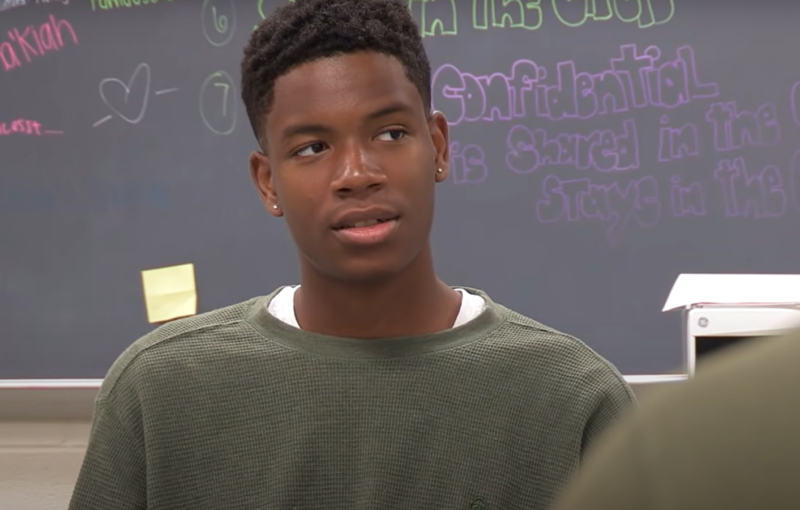
These are designed to help students reflect on their actions, understand the impact they’ve had on others, and think about how they can make things right.
The Power of Inquiry
Instead of immediately imposing a punishment when a student misbehaves, asking open-ended, non-judgmental questions can lead to more meaningful insights and resolutions.
These questions encourage students to think critically about their actions, consider the feelings of others, and take responsibility for their choices.
Implementing These Questions
Some effective restorative questions include: “What happened?”, “How did you feel at the time?”, “Who do you think was affected by what you did?”, and “What can you do to make things right?”.
When using these questions, it’s essential to create a safe environment where students feel comfortable sharing honestly. Over time, this practice can lead to increased self-awareness and a more proactive approach to resolving conflicts.
6. Community Service

This restorative practice allows students to give back and make amends through positive actions, fostering a sense of responsibility and connection to the larger community.
When students engage in community service as a way to repair harm, they not only contribute positively to their community but also experience firsthand the satisfaction of making a difference.
This can shift their perspective, helping them see the value in positive actions and the tangible impact they can have on others.
How To Integrate Community Service?
If a student’s actions have negatively impacted the school or local community, consider assigning a relevant community service project. For instance, if a student vandalized school property, they could be tasked with a beautification project.
Always ensure that the service is meaningful and directly related to the harm caused, and provide guidance and support throughout the process.
7. Restorative Circles
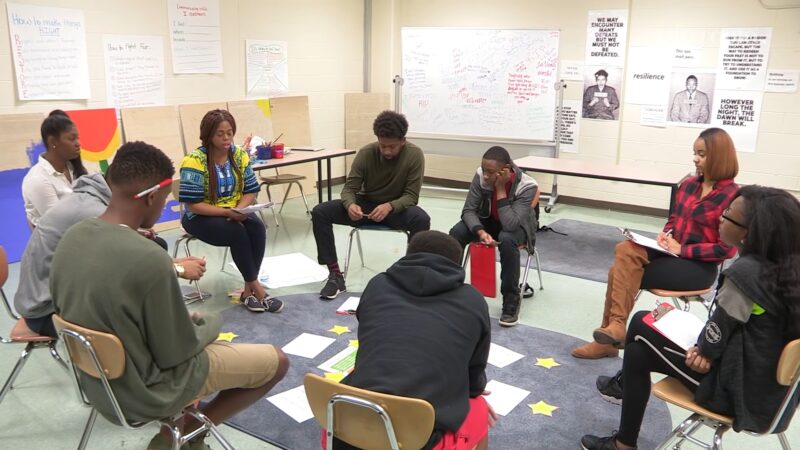
Restorative circles expand on the concept of circle time, addressing broader community issues or conflicts that affect a larger group.
The Community-Centric Approach
Theses circles involve more participants than typical circle time, often including students, teachers, parents, and sometimes even community members. These circles address issues that have a wider impact, fostering a collective sense of responsibility and collaboration.
How To Achieve This?
To conduct a restorative circle, start by identifying the issue or conflict to be addressed. Invite all relevant stakeholders and ensure a safe and respectful environment. Use a talking piece and establish ground rules, just as in regular circle time.
Facilitate open dialogue, allowing each participant to share their perspective and feelings. Conclude with collaborative problem-solving, aiming for a resolution that benefits the entire community.
Building a Restorative Classroom Culture
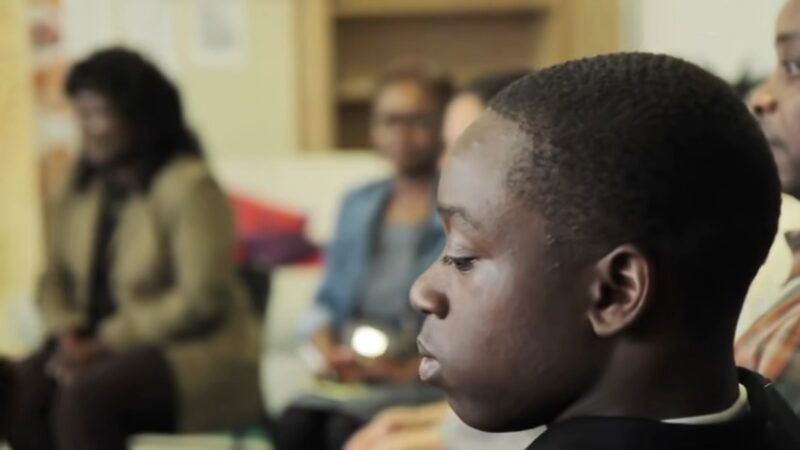
Proactive vs. Reactive Approaches
While many practices address harm after it occurs, it’s equally important to proactively build a classroom culture that minimizes conflicts. This involves setting clear expectations, fostering open communication, and regularly engaging in community-building activities.
Activities to Foster Connection
Simple activities can go a long way in building a cohesive classroom community. Consider starting each day with a check-in circle where students share how they’re feeling. Use team-building exercises to strengthen relationships and trust.
Encourage collaborative projects that require students to work together, understand different perspectives, and find common ground.
Training and Professional Development for Educators
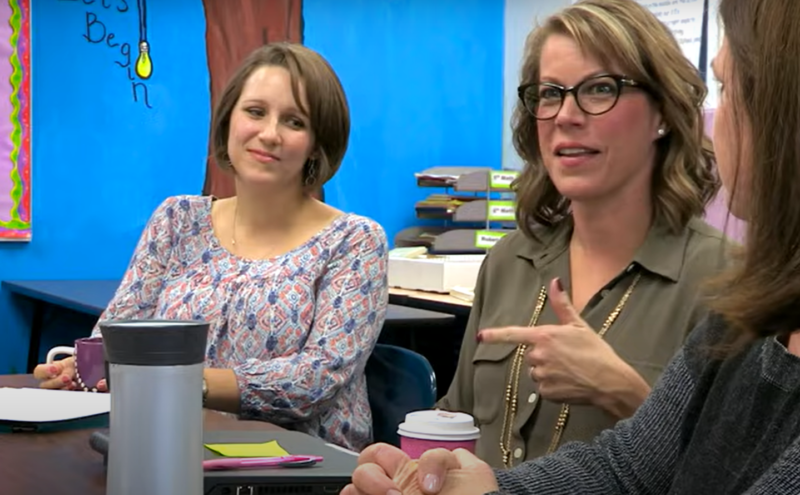
Implementing restorative practices requires a shift in mindset for many educators. To effectively facilitate circles, mediations, and conferences, educators need training and ongoing support.
This ensures that they’re equipped with the skills and knowledge to handle challenging situations and guide students towards constructive resolutions.
Seeking Out Quality Training Programs
Schools looking to adopt restorative justice practices should prioritize professional development. This might involve bringing in external trainers, attending workshops, or even seeking out online courses.
It’s also beneficial to create a community of practice within the school, where educators can share experiences, challenges, and insights.
Potential Pitfalls and Criticisms
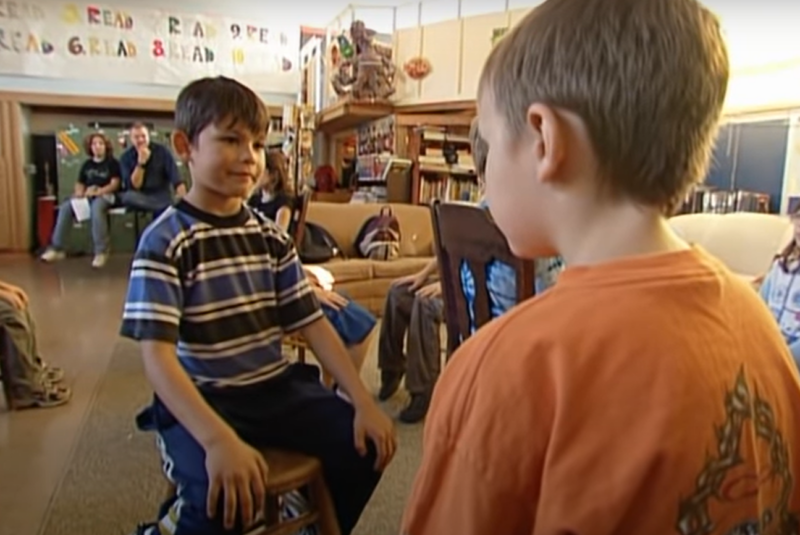
While restorative justice offers numerous benefits, it’s not without its challenges. Some educators might find it time-consuming, especially when first implementing the practices. Others might feel ill-equipped to handle intense emotions or deep-seated conflicts that arise during these sessions.
Addressing Common Criticisms
One common criticism is that restorative justice can be perceived as “soft” on misbehavior. However, when implemented correctly, it’s about accountability and not merely avoiding punishment.
It’s essential to communicate this to stakeholders and showcase the long-term benefits of addressing the root causes of conflicts rather than just the symptoms.
FAQs:
How are teachers involved in the Restorative Justice process?
Teachers act as facilitators in the process, guiding discussions and ensuring that all parties have an equal opportunity to share their feelings and perspectives.
Why is communication vital?
Clear and thorough communication helps students understand expectations and learn how to effectively listen, learn, and share.
What skills are essential for Restorative Justice?
Skills like problem-solving, empathy, positivity, and communication are critical for these practices to be effective.
Where can educators learn more about the topic?
The University of San Diego offers a Restorative Justice Facilitation and Leadership Certificate. There are also various online resources available.
How does Restorative Justice improve student academic performance?
By building stronger interpersonal relationships and reducing stress in the school community, students are more focused and engaged in their studies.
The Bottom Line
To sum up, restorative justice practices in the classroom are not just disciplinary tools, but pathways to fostering understanding, empathy, and personal growth among students.
By addressing conflicts through dialogue and mutual understanding, we not only resolve immediate issues but also equip our students with the skills and mindset to navigate challenges in the broader world.
As educators, our role extends beyond academic instruction; it’s about nurturing responsible, compassionate individuals. Implementing these practices is a step towards a brighter, more inclusive future for all.
